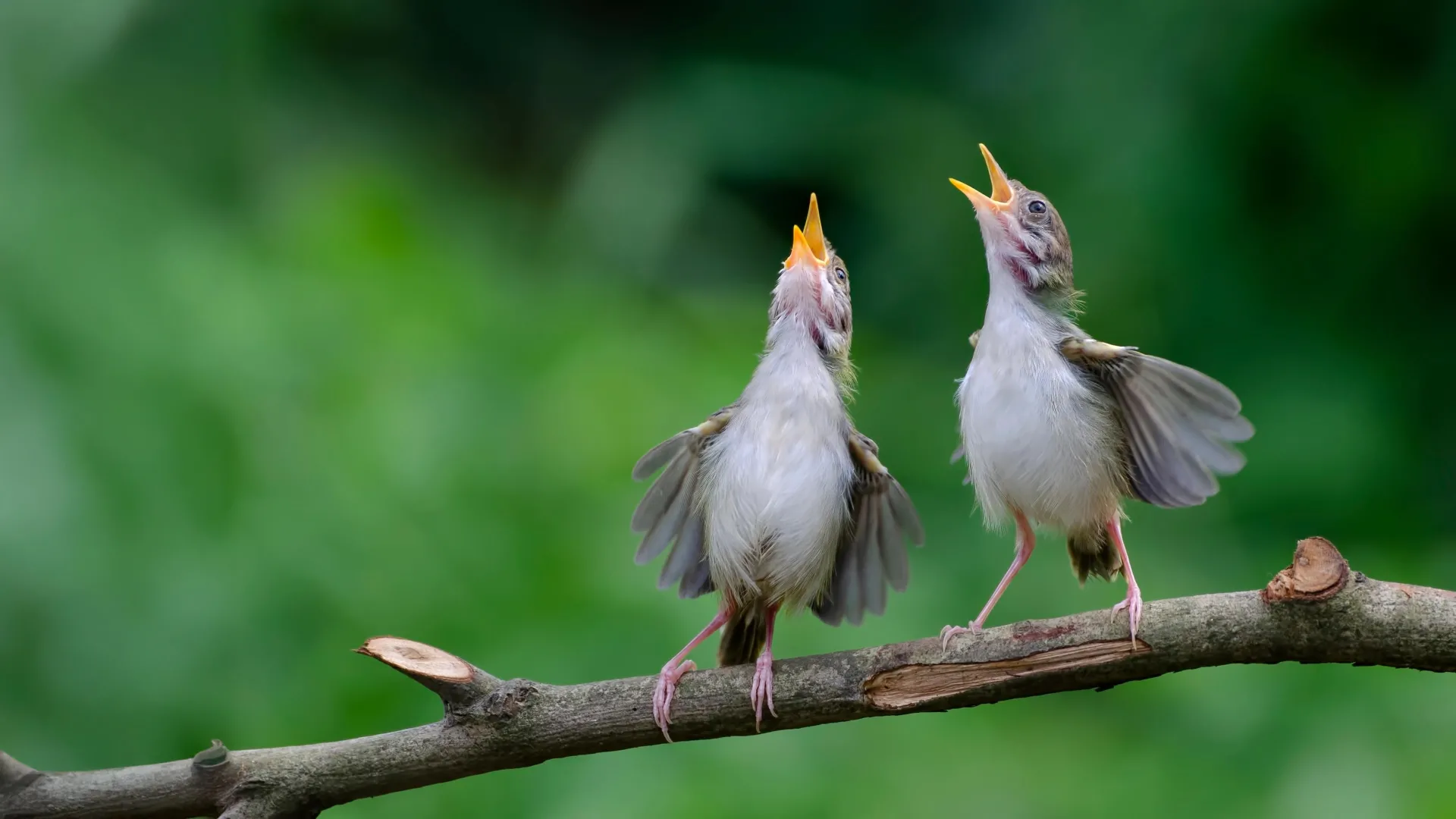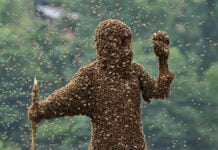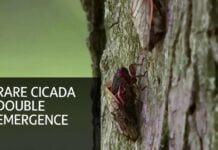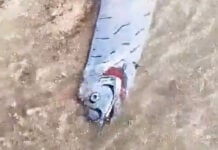
Summary
Birds across the globe independently evolved a shared warning call against parasitic intruders, blending instinct and learning in a remarkable evolutionary pattern. The finding offers a rare glimpse into how cooperation and communication systems evolve across species.
Birds Around the World Share a Warning Cry
Birds separated by vast geographic distances and millions of years of evolution share a remarkably similar learned vocal warning to identify brood parasites near their nests, an international research team has found. The results represent the first known example of an animal vocalization that is learned from an innate response shared across multiple species.
The findings, published on October 3 in Nature Ecology & Evolution, illuminate how natural selection can shape vocal communication systems. The study—led by researchers at Cornell University and the Doñana Biological Station in Seville, Spain—is among the largest and most comprehensive investigations of brood parasitism to date.
Why brood parasitism drives communication
Brood parasitism occurs when birds (e.g., cuckoos) lay their eggs in other species’ nests, forcing the host to raise the parasite’s young—often at the expense of their own chicks. Hosts that detect and deter parasites gain a major fitness advantage, so evolution favors rapid, reliable alarm systems.
A convergent “whining” call—across continents
The researchers found that 20+ species across four continents produce nearly identical “whining” vocalizations when they spot a parasitic bird in their territory—despite never interacting with each other. When a bird hears the call, it instinctively investigates. In that moment, individuals learn the context—a process co-author Damián Blasi calls social transmission—and use the sound later in the correct anti-parasite context.
“It’s then, when birds are absorbing the clues around them, that the bird learns when to produce the sound in the future.” — James Kennerley, Cornell Lab of Ornithology
Co-lead author William Feeney notes that this call sits at a midpoint between purely instinctive animal vocalizations and fully learned human words—revealing how learned signals may emerge from innate calls, an idea first suggested by Charles Darwin.
Cooperation, networks, and where the call appears
Species that produce the whining call tend to live in regions with dense interaction networks between host birds and parasites. With hosts cooperating to drive parasites away, coordination cues become critical—so the call is most common where brood parasitism pressure is high. The evolution of this shared signal, the authors argue, shapes patterns of cooperation among birds worldwide.
Why this matters
- First cross-species learned call from an innate base: A unique bridge between reflexive cries and learned “vocabulary.”
- Convergent evolution in communication: Independent origins yielding similar warning acoustics across continents.
- Language origins insight: Suggests human-like communication systems can evolve by integrating instinct and learning.
- Conservation & behavior: Understanding anti-parasite networks can inform how communities respond to ecological change.
Journal reference
Learned use of an innate sound-meaning association in birds. Nature Ecology & Evolution. DOI: 10.1038/s41559-025-02855-9.
Related on Strange Sounds
FAQs
What is the new discovery?
A shared whining warning call used by 20+ bird species across continents to identify brood parasites near nests.
Is the call learned or innate?
Both. Birds are innately tuned to investigate the sound, then learn when to use it through social transmission.
Why is this important for evolution and language?
It shows how learned meanings can attach to innate sounds, hinting at pathways by which complex communication—like human language—can evolve.
Why do birds need this call?
To coordinate defense against brood parasites (e.g., cuckoos) that impose high costs on host reproduction.
💌 If this helped you, support Strange Sounds: PayPal · Donorbox
📰 Subcribe to the Strange Sounds Newsletter! You will love it!
👉 Follow & share: Facebook · Twitter/X
Heard unusual bird alarms? Tell us in the comments or contact us. And don’t forget to share this story to help discover many other communication calls in animals.












